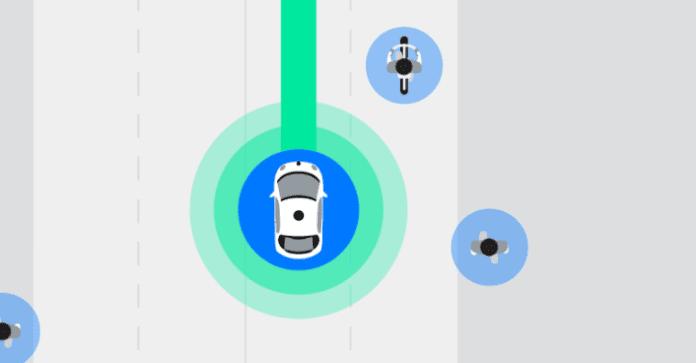How long will it be until self-driving cars become part of daily life? For some Americans, the future is literally right around the corner. Google parent Alphabet is preparing to put Chrysler Pacifica minivans that drive themselves onto public roads in Phoenix and Mountain View, California. These are the same cities in which the company’s self-driving Lexus sport utility vehicles are already sharing the roads with human drivers.
Alphabet’s Waymo unit said self-driving cars will be affordable for millions of Americans thanks to lower component costs. The company does not want to become an auto parts maker, but it is producing key elements of the connected car. Waymo of course creates custom software for driverless cars, and now the unit is also developing its own light detection and ranging sensors.
LiDAR sensors use light waves to detect where objects are and what they look like. These sensors cost about $7,500 each, or about 10% of what they cost eight years ago when the idea of self-driving cars was in its infancy.
North American International Auto Show
While thousands of technophiles were learning about driverless cars in Las Vegas last week at CES, auto industry executives were getting under the hood in Detroit at the North American International Auto Show, which kicked off during the last day of CES. Waymo CEO John Krafcik told an audience that Waymo will design and build every part of the autonomous Chrysler minivans, and said Chrysler is working on a mass production platform.
The minivans are scheduled to hit the roads next month, Krafcik said, and will be the first cars equipped with Waymo’s custom-built hardware.
Krafcik said the on-board LiDAR sensors will be able to tell the vehicles how far away an object is and be detailed enough to help with predictive analysis. The sensors use light waves to form 3D images of objects and people, and Krafcik said the Waymo LiDAR is accurate enough to show which direction someone is facing and gives an indication of which direction the person is moving. Waymo has developed two different kinds of LiDAR, short range and long range.

